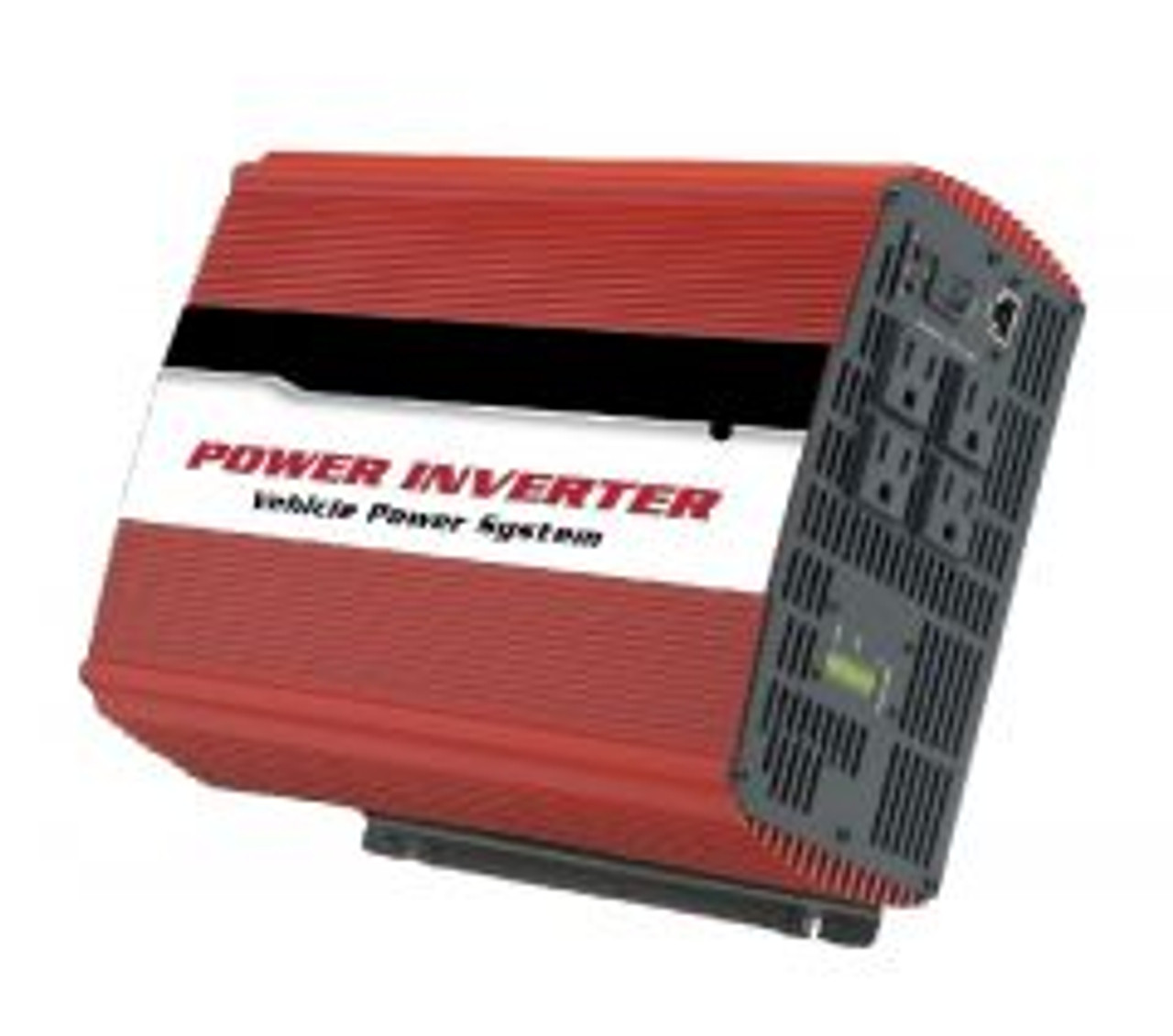When discussing IT hardware and computer hardware, power management often takes center stage. Among the many power devices that facilitate reliable and efficient operation, power inverters play a pivotal role. These devices are essential for ensuring continuous power, especially in scenarios where uninterruptible power supply (UPS) or energy conversion is necessary.
In this guide, we’ll explore the functionality, benefits, and applications of power inverters, with a focus on their significance in IT environments, where consistent and clean energy is critical for optimal hardware performance.
What Are Power Inverters?
A power inverter is an electronic device that converts direct current (DC) from a source like a battery or solar panel into alternating current (AC), the standard form of electricity used by most devices and appliances. For businesses reliant on computer hardware, power inverters bridge the gap between backup power systems and operational continuity, ensuring minimal downtime.
In the IT industry, where even a momentary disruption can lead to data loss or operational delays, power inverters are indispensable. These devices maintain the seamless functioning of servers, workstations, and other critical IT hardware components.
Key Features of Power Inverters
Power inverters come equipped with features designed to cater to various operational needs:
- High Efficiency: Modern power inverters boast high conversion efficiency, minimizing energy loss during the DC-to-AC transition. This is particularly crucial in IT setups where energy optimization is a priority.
- Voltage Regulation: Power inverters help stabilize voltage fluctuations, protecting sensitive computer hardware from potential damage.
- Waveform Options: Inverters provide different types of AC waveforms, including pure sine wave, modified sine wave, and square wave, depending on the application. Pure sine wave inverters are especially preferred in IT environments for their compatibility with high-performance equipment.
- Scalability: Power inverters can be integrated into scalable power systems, supporting future hardware upgrades.
Why Power Inverters Are Vital for IT Hardware
1. Ensuring Uninterrupted Operations
Power inverters are a backbone for backup power systems, ensuring an uninterrupted electricity supply during outages. For IT companies managing data centers, servers, and extensive networks, an inverter’s ability to switch seamlessly to battery power can prevent catastrophic losses.
2. Protecting Sensitive Computer Hardware
Computer hardware such as processors, hard drives, and GPUs are highly sensitive to power surges or interruptions. By regulating voltage and ensuring clean power delivery, inverters reduce the risk of hardware malfunctions and extend the lifespan of devices.
3. Facilitating Remote Operations
In the era of remote work and off-grid operations, portable power inverters are invaluable. These devices enable IT professionals to work from anywhere, powering laptops, routers, and other essential devices.
Applications of Power Inverters in IT and Beyond
- Data Centers and Server Rooms
Data centers rely heavily on uninterrupted power supply systems. Power inverters, integrated with battery banks or solar panels, ensure smooth operations even during prolonged outages. - Off-Grid Computing
For IT professionals working in remote areas or outdoor environments, power inverters paired with solar panels provide a sustainable energy solution for running computer hardware. - Emergency Backup Systems
Inverters play a critical role in emergency power solutions for IT hardware, ensuring minimal disruption to workflows and safeguarding crucial data. - Consumer Electronics
Many home offices rely on power inverters to support laptops, monitors, and peripheral devices during outages, making them essential for everyday IT hardware use.
Choosing the Right Power Inverter for Your Needs
When selecting a power inverter for your IT setup, consider the following factors:
- Power Rating: Ensure the inverter can handle the combined wattage of your hardware.
- Waveform Type: Opt for pure sine wave inverters for high-end computer hardware.
- Portability: Portable inverters are ideal for remote work scenarios.
- Input Voltage Compatibility: Match the inverter’s input voltage to your battery or power source specifications.
The Environmental Impact of Power Inverters
Sustainability is a growing concern in the IT and tech industries. Power inverters, particularly when used with renewable energy sources like solar panels, contribute to eco-friendly power solutions. By reducing dependence on conventional grid power and optimizing energy use, inverters play a part in lowering the carbon footprint of IT operations.
Maintenance Tips for Long-Lasting Power Inverters
To ensure your power inverter continues to perform optimally:
- Regular Inspections: Check for wear and tear, especially in high-demand IT environments.
- Clean Connections: Ensure all input and output connections are clean and secure.
- Load Management: Avoid overloading the inverter by adhering to its power limits.
- Proper Ventilation: Install the inverter in a well-ventilated space to prevent overheating.
The Future of Power Inverters in IT Hardware
As technology evolves, power inverters are becoming more efficient, compact, and versatile. Innovations in energy storage and renewable integration promise even greater synergy with IT hardware. Emerging trends, such as hybrid inverters and AI-powered energy management systems, indicate that inverters will remain a cornerstone of reliable and sustainable power solutions for years to come.
Conclusion
Power inverters are an essential component of modern IT and computer hardware setups. From ensuring operational continuity to protecting sensitive devices and enabling sustainable energy use, these power devices offer immense value. Whether you’re managing a data center, equipping a remote workstation, or simply safeguarding your home office, investing in the right power inverter is a smart move.
By understanding their functionality and applications, you can harness the full potential of power inverters to achieve efficiency, reliability, and sustainability in your IT operations.






Leave A Comment